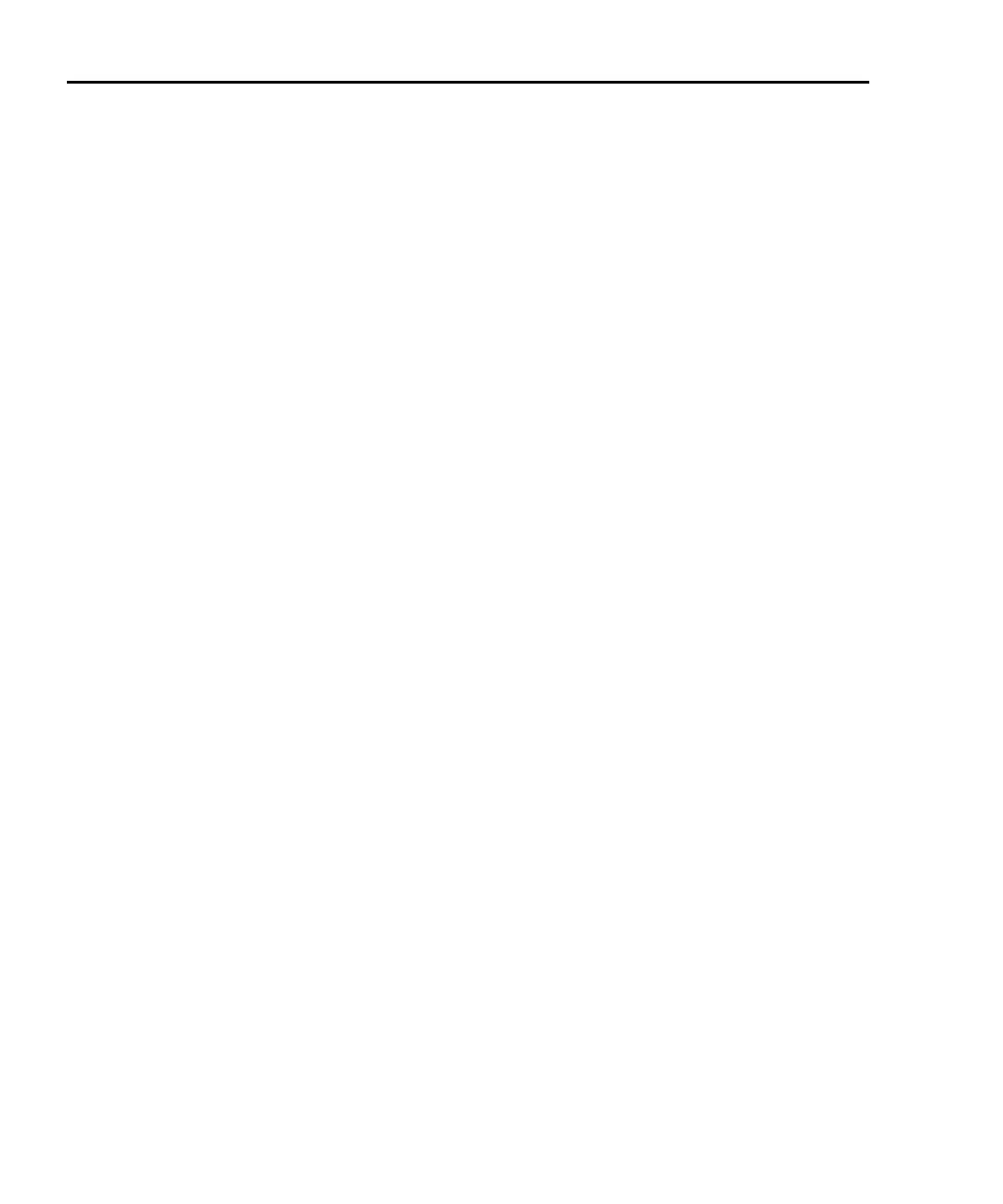14-6 FORMat and Misc SYSTem Commands Model 2750 Multimeter/Switch System User’s Manual
Limits — For the ASCII data format, limit test results are returned as a 4-bit binary num-
ber “abcd” where:
a = High limit 2
b = Low limit 2
c = High limit 1
d = Low limit 1
A “0” indicates that the limit has passed, while a “1” indicates that the limit has failed.
For the binary data formats, the limits information must be decoded from the returned
value (0 to 15). Convert the value to its binary equivalent for “abcd” where “d” is the LSD
and “a” is the MSD. For example, the value 10 converted to its binary equivalent is 1010.
That means High Limit 2 and High Limit 1 have failed.
FORMat:BORDer <name>
Parameters NORMal = Normal byte order for IEEE-754 binary format
SWAPped = Reverse byte order for IEEE-754 binary format
For normal byte order, the data format for each element is sent as follows:
Byte 1 Byte 2 Byte 3 Byte 4 (Single precision)
Byte 1 Byte 2 ... Byte 8 (Double precision)
For reverse byte order, data is sent as follows:
Byte 4 Byte 3 Byte 2 Byte 1 (Single precision)
Byte 8 Byte 7 ... Byte 8 (Double precision)
The “#0” header (Figure 14-2) is not affected by this command. The header is always sent
at the beginning of the data string for each measurement conversion.
The ASCII data format can only be sent in the normal byte order. The SWAPped selection
is ignored when the ASCII format is selected.
NOTE The SWAPped byte order must be used when transmitting binary data to any
IBM PC.
2750-900-01.book Page 6 Wednesday, August 3, 2011 7:56 AM

